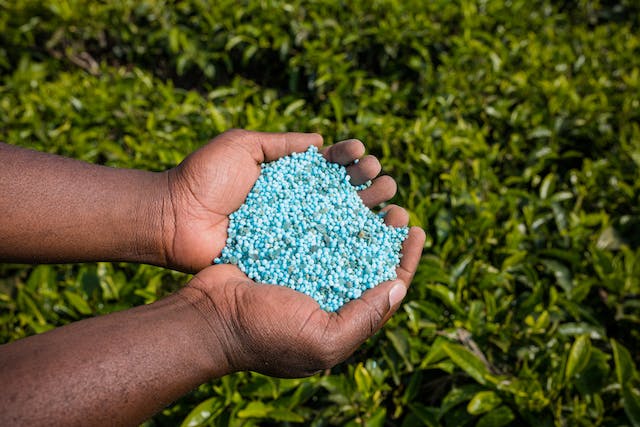It can get confusing when it comes to choosing the right type of fertiliser for your lawn. There are two main categories of fertilisers available in the market. One is a fast-release fertiliser, and the second is a slow-release fertiliser.
While each type has its pros and cons, slow-release fertilisers have certain advantages that make them a better choice for most lawns. If you’re purchasing a slow release fertiliser manufactured by Plant Doctor or any other company, you should know about its benefits.
What are Slow Release Fertilisers?
Slow-release fertilisers are those fertilisers that release the nutrients into the soil slowly and steadily, over a long period. This is opposite of fast-release fertilisers which release the nutrients immediately and quickly.
Many of the slow-release fertilisers are made of organic compounds. They take time to break down and hence release the nutrients at a slower pace.
The granular fertilisers are coated with sulphur-based polymers or resin polymers. These coatings contain the nutrients. Since the polymers break down slowly due to heat and water, the nutrients contained in them are released slowly.
So what are the benefits of this slow-paced mechanism? Well, here are some:
Slow Release Fertilisers will Last Long
Once you apply slow-release fertilisers to the soil, you don’t have to worry about reapplying again and again. The nutrients are released slowly over a long period. It will ensure that the plants have a continuous supply of essential nutrients.
The time duration varies by the brand of fertiliser and the amount you’re using. Some brands can last a few weeks to a few months. If you apply large quantities of fertilisers, you can expect them to last longer than if you used smaller quantities.
They Don’t Burn the Plant
The fertilisers are made up of certain chemical compounds. While adequate amounts of these compounds are essential for the plant’s growth and development, an excessive amount can turn out to be detrimental. And they often result in fertiliser burns.
If that’s the case, then you’ll see browning in the leaf and stem area. The root will also get affected even if it’s not visible. In over fertilisation, the roots of plants will not grow longer than 2 inches.
In hot weather, the plants will dry out quickly and will shrink. To prevent these from happening, it’s always advised to follow the directions detailed in the label.
Consistent Plant Growth
When you apply quick-release fertilisers, you’ll witness explosive growth in plants before they start to die. That’s because the growth pattern is too fast for the plant to adapt and gain strength to sustain itself.
But by using slow-release fertilisers, you allow plants that time to adapt to the growth. So they experience a steady growth that’s beneficial for their long-term development.
More Greenery
Most slow-release fertilisers have nitrogen as their key component. You can check the NPK ratio and the N that stands for nitrogen is likely to be higher. Nitrogen is responsible for maintaining the greenery in plants. So when your law gets sufficient nitrogen over a long period, it looks greener and healthier. This is something you can be proud of yourself.
That isn’t to say that slow-release types have no drawbacks or are suited for every soil. When you are purchasing a slow-release fertiliser manufactured by Plant Doctor or any other brand, you must consult with the sales rep or retailer. But it’s best to get a soil test done beforehand.

